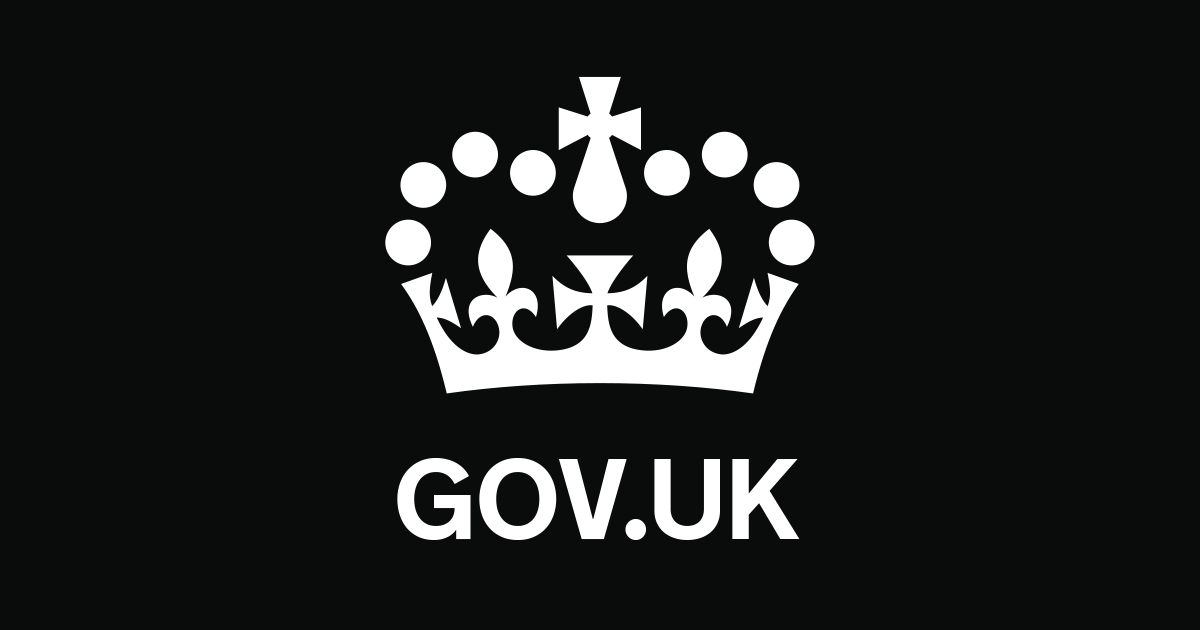As a VAT-registered business, you must charge VAT on the goods and services you sell.
You must be registered for VAT to start charging VAT on your invoices.
How to charge VAT
When you sell goods or services, you must do the following:
- work out the VAT-inclusive price using the correct VAT rate (standard, reduced or zero-rated)
- show the VAT information on your invoice – invoices must include your VAT number and display the VAT separately
- show the transaction in your VAT account – a summary of your VAT
- record the amount on your VAT return
VAT rates
There are 3 rates of VAT.
Standard rate
Most goods and services are standard rate. Charge this rate unless the goods or services are classed as reduced or zero-rated.
This includes any goods below the distance selling threshold you supply from Northern Ireland to non VAT-registered EU customers. If you go over the threshold, you’ll have to register for VAT in that country.
Reduced rate
When you can charge this rate depends on the item and the circumstances of the sale, for example:
- child car seats and domestic fuel or power are charged at 5%
- mobility aids for older people are charged at 5% if they’re for someone over 60 and the goods are installed in their home
Find a list of reduced rate goods or services.
Zero rate
This rate means that the goods are still subject to VAT but the rate you must charge is 0%.
Charge zero rate on goods you export from:
- Great Britain (England, Wales and Scotland) to somewhere outside the UK
- Northern Ireland to somewhere outside the UK and EU
- goods you supply from Northern Ireland to a VAT registered EU business – you can check if the VAT number is valid
Rates can change and you must apply any changes to the rates from the date they change.
VAT-inclusive and exclusive prices
You’ll need to work out the price including VAT when charging VAT on goods or services. You might also need to work out the amount of VAT you paid on goods you bought, if you plan to reclaim the VAT.
VAT-inclusive prices
To work out a price that includes the standard rate of VAT (20%), multiply the price excluding VAT by 1.2.
Example
You’re selling a chair for £60 and need to add 20% VAT to get the price including VAT.
60 x 1.2 = 72
The price including VAT is £72.
To work out a price that includes the reduced rate of VAT (5%), multiply the price excluding VAT by 1.05.
Example
You’re selling a child’s car seat for £200 and need to add 5% VAT to get the price including VAT.
200 x 1.05 = 210
The price including VAT is £210.
VAT-exclusive prices
To work out a price that excludes the standard rate of VAT (20%) divide the price including VAT by 1.2.
Example
You bought a table and the total price including 20% VAT was £180.
180 ÷ 1.20 = 150
The price excluding VAT is £150. The amount you can claim back is the difference between the two numbers – £30.
To work out a price that excludes the reduced rate of VAT (5%) divide the price including VAT by 1.05.
Example
You bought a stairlift and the total price including 5% VAT was £483.
483 ÷ 1.05 = 460
The price excluding VAT is £460. The amount you can claim back is the difference between the two numbers – £23.



